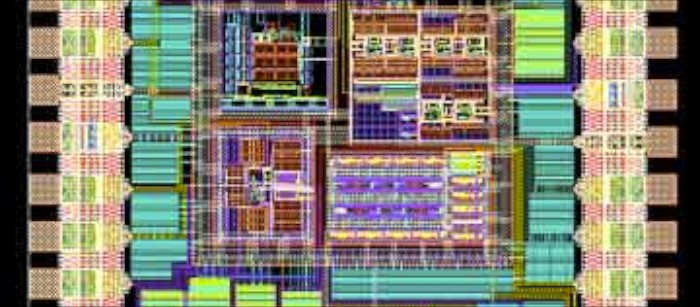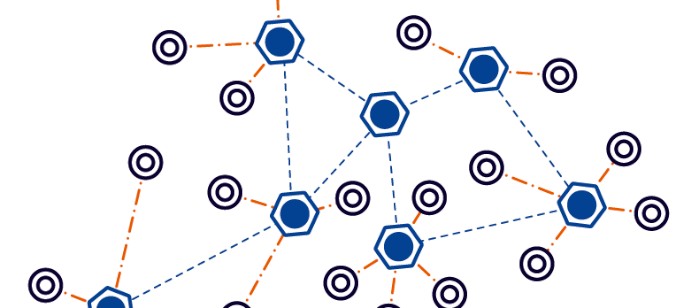If your research involved language processing and/or machine learning you should consider submitting a poster abstract to the Mid-Atlantic Student Colloquium on Speech, Language and Learning.
This is a free, one-day event bringing together faculty, researchers and students from universities in the Mid-Atlantic area working in human language technology and/or machine learning. It is an opportunity for students to present preliminary or completed work and to network with other students, faculty and researchers working in related fields. The event will be held at JHU in Baltimore on Friday 23 September 2011.
Students are encouraged to submit one-page abstracts by Monday, August 15 describing ongoing, planned, or completed research projects, including previously published results and negative results. Submissions and presentations must be made by students or postdocs. See the call for papers for more information.
Accepted submissions will be presented as posters and each will also be given a one-minute presentation during a poster spotlight session. A small number of submissions will be selected to be presented as talks, on the basis of diversity and general interest. Student-led breakout sessions of one hour will also be held to discuss papers on topics of interest and stimulate interaction and discussion.





